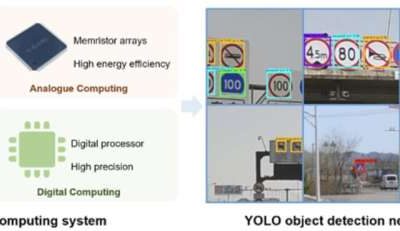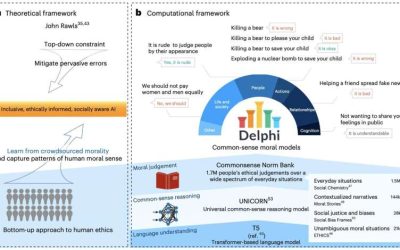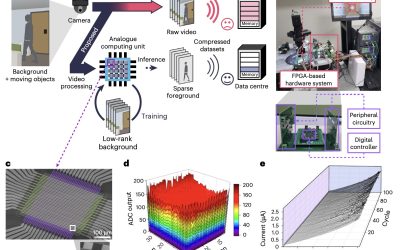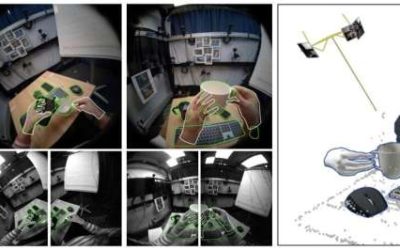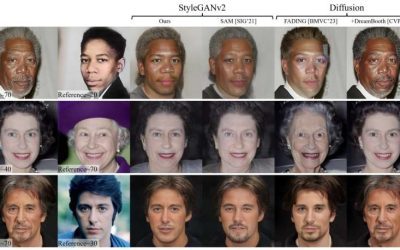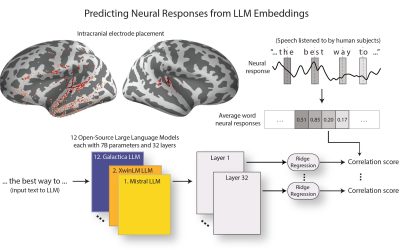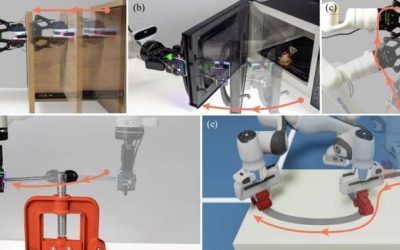Many conventional computer architectures are ill-equipped to meet the computational demands of machine learning-based models. In recent years, some engineers have thus been trying to design alternative architectures that could be better suited for running these models.
Machine learning & AI
Psychology-based tasks assess multi-modal LLM visual cognition limits
Over the past decades, computer scientists have created increasingly advanced artificial intelligence (AI) models, some of which can perform similarly to humans on specific tasks. The extent to which these models truly "think" and analyze information like humans,...
Delphi experiment tries to equip an AI agent with moral judgment
Advanced artificial intelligence (AI) tools, including LLM-based conversational agents such as ChatGPT, have become increasingly widespread. These tools are now used by countless individuals worldwide for both professional and personal purposes.
Automating penmanship: Researchers develop cost-effective, AI-enhanced robotic handwriting system
Recent advances in robotics and artificial intelligence (AI) are enabling the development of a wide range of systems with unique characteristics designed for varying real-world applications. These include robots that can engage in activities traditionally only...
Analog computing platform based on one-memristor array efficiently processes real-time videos
As artificial intelligence models become increasingly advanced, electronics engineers have been trying to develop new hardware that is better suited for running these models, while also limiting power-consumption and boosting the speed at which they process data. Some...
A Minecraft-based benchmark to train and test multi-modal multi-agent systems
Researchers at the University of California- Los Angeles (UCLA) have recently developed TeamCraft, a new open-world environment for the training and evaluation of algorithms for embodied artificial intelligence (AI) agents, including teams of multiple robots. This...
Meta unveils HOT3D dataset for advanced computer vision training
While most humans can innately use their hands to communicate with others or grab and manipulate objects, many existing robotic systems only excel at simple manual tasks. In recent years, computer scientists worldwide have been developing machine learning-based models...
AI-powered algorithm enables personalized age transformation for human faces
Researchers at University of North Carolina at Chapel Hill and University of Maryland recently developed MyTimeMachine (MyTM), a new AI-powered method for personalized age transformation that can make human faces in images or videos appear younger or older,...
LLMs are becoming more brain-like as they advance, researchers discover
Large language models (LLMs), the most renowned of which is ChatGPT, have become increasingly better at processing and generating human language over the past few years. The extent to which these models emulate the neural processes supporting language processing by...
Zero-shot approach allows robots to manipulate articulated objects
To help humans to complete everyday manual tasks, robots should be able to reliably manipulate everyday objects that vary in shape, texture and size. Many conventional approaches to enable robotic manipulation of various objects rely on extensive training and precise...

